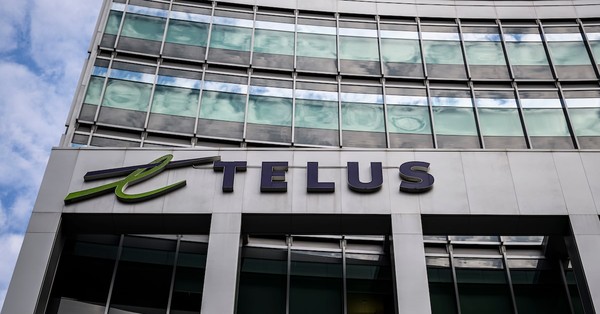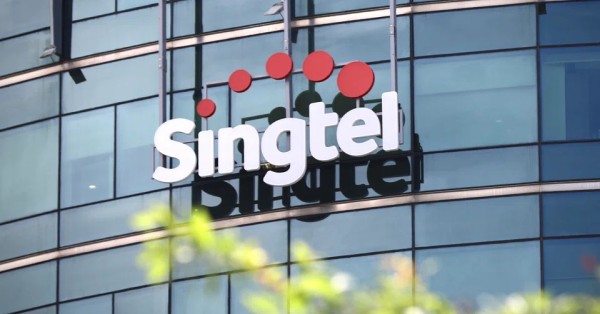India’s Free AI Premium Push: Why Now
A cascade of offers from OpenAI, Google, and Perplexity—amplified by Airtel and Reliance Jio—signals a deliberate push to convert India’s scale into durable AI usage, data, and future revenue.
Scale, Data, and Conversion Economics
With more than 900 million internet users, rock-bottom mobile data prices, and a young, mobile-first population, India offers the world’s deepest top-of-funnel for AI adoption. Giving away premium access—such as a year of ChatGPT’s low-cost “Go” tier, Jio’s bundling of Gemini, or Airtel’s tie-up with Perplexity Pro—maximizes trial, habituation, and data collection across diverse languages and contexts. Even a low single-digit conversion rate translates into millions of subscribers, while non-converters still contribute valuable signals that improve models. For foundational model providers, India’s code-mixed queries, regional languages, and broad set of use cases can sharpen retrieval, reasoning, and guardrails in ways that general web-scraped data cannot.
Telcos as AI Distribution and Billing Rails
In India, bundling AI into prepaid and postpaid plans dramatically lowers acquisition costs for AI providers and packages the value proposition where users already pay—monthly data packs. Operators bring reach, billing trust, and the muscle to segment offers at scale. For telcos, AI perks extend the OTT bundle playbook beyond video and music into productivity, search, and multimodal assistance—opening new levers for acquisition, retention, and potential ARPU uplift without heavy upfront content licensing.
Inside the AI–Telco Bundles: Airtel–Perplexity, Jio–Gemini, ChatGPT Go
The current wave aligns AI brands with India’s largest carriers and places assistants next to data, voice, and cloud value-added services.
What’s Bundled and Who Gets It
Reliance Jio is promoting access to Google’s Gemini stack within consumer plans, positioning the assistant as a daily companion for search, productivity, and multimodal tasks. Airtel has aligned with Perplexity to offer premium features that elevate AI-powered search and citation-forward answers. In parallel, OpenAI is making its lower-cost ChatGPT Go tier freely available for a year to millions in India, accelerating product-led growth whether or not it is tied to operator billing. Collectively, these programs shift generative AI from “nice-to-try” to “already-in-your-plan,” normalizing frequent use across demographics.
What AI Providers Gain
Beyond potential conversions, these companies get scale, distribution, and a fast-learning loop. India’s high-frequency mobile usage yields granular, first-party interaction data—what people ask, in which languages, with what follow-ups—that strengthen retrieval and ranking, refine safety systems, and expose novel use cases. Over time, this feedback loop improves product-market fit for global rollouts, while enterprise opportunities emerge for localized copilots, domain-specific RAG, and on-device integration on Android.
Regulation and Data Governance
Light-touch conditions make rapid rollout possible in India today, but the compliance picture is evolving—and will shape product, consent, and data flows.
DPDP vs Global AI Rules
India’s Digital Personal Data Protection Act (2023) establishes broad privacy protections but awaits full implementation through rules; it does not yet expressly target AI system accountability. By contrast, the EU’s AI Act imposes stricter transparency, risk management, and data governance requirements, and some Asian jurisdictions are moving toward labeling and accountability for AI-generated content. India’s current flexibility enables carrier bundles that would trigger heavier consent and auditing obligations elsewhere. Once DPDP rules land—and as sectoral guidance from digital and telecom regulators matures—operators and AI providers will need clearer data processing roles, retention limits, and cross-border data controls.
Consent, Training Data, and Accountability
As multimodal assistants scale, expect scrutiny of consent flows, default settings for data sharing, model training on user prompts, and recourse for harmful outputs. Operators should anticipate requirements to offer granular choices (e.g., opt-in for training vs personalization), auditable logs, and alignment with emerging standards such as ISO/IEC 42001 for AI management systems. Proactive privacy-by-design—minimization, differential privacy, and clear purpose limitation—will become table stakes for sustained bundling.
Network and Cost Impact for Telcos
AI bundles affect traffic patterns, edge strategy, and cost structures even if bandwidth impacts are modest relative to video.
From OTT Perks to AI Utility Bundles
Generative AI behaves like a utility: high-frequency, short-session usage with spikes during work and study hours. While token traffic is lighter than streaming, multimodal features (image understanding, voice responses) raise bandwidth and latency sensitivity. Operators can position “AI-inclusive” tiers as everyday productivity boosters for students, creators, and SMBs, with enterprise-grade add-ons such as API quotas, custom knowledge connectors, and compliance features.
Inference Costs, Edge, and Caching
The heavier cost sits in inference, not transport. To manage partner SLAs and latency, telcos can explore regionalization of compute with cloud partners, tactical use of network-edge zones for high-traffic clusters, and acceleration via specialized hardware. For privacy-sensitive scenarios, on-device or near-edge inference for smaller models can reduce exposure while improving responsiveness. Expect carrier–hyperscaler co-investments, with traffic steering and QoS crafted for AI session bursts in 4G/5G, particularly where standalone 5G slicing is available for enterprise use cases.
What to Watch and Do Next
Momentum will hinge on conversion, engagement quality, compliance readiness, and operator economics.
Action Plan for Operators
Design segmented AI bundles with clear value: student productivity, creator tools, SMB assistants, and enterprise copilots tied to M365/Google Workspace or industry apps. Implement explicit consent flows and transparent data-sharing controls in self-care apps. Pilot edge-assisted AI for latency-critical tasks and negotiate shared-savings models with AI partners to offset inference costs. Build options for data residency, logging, and audit to anticipate DPDP rules. Track engagement KPIs beyond MAUs—repeat sessions, task completion, and enterprise attach rates.
Guidance for Enterprises and SMBs
Use telco-bundled AI to prototype workflows but set guardrails: classify data, disable training on sensitive prompts, and prefer connectors that support retrieval over raw data upload. Evaluate vendor lock-in risks and portability of prompts, documents, and conversation histories. For regulated sectors, insist on policy controls, content provenance signals, and model evaluation reports. Align pilots with measurable outcomes—agent handle-time reduction, drafting speed, or sales enablement—to justify upgrades when free periods end.
Risks and Open Questions
The upside is clear, but sustainability and trust will determine how far these bundles scale.
Sustainability of Free AI Tiers
As inference costs persist, providers will test metering, ad-subsidized experiences, or tiered limits. Operators must guard against margin dilution by securing revenue shares, traffic commitments, or co-marketing offsets, and by prioritizing bundles that drive churn reduction or enterprise upsell.
User Trust and Lock-In
Opaque defaults on data reuse could trigger backlash once regulations tighten. Clear privacy choices, visible provenance for AI-generated content, and easy portability across assistants will be competitive differentiators. The players that pair generous trials with credible governance will be best positioned to convert India’s massive AI curiosity into durable, monetizable usage.









































